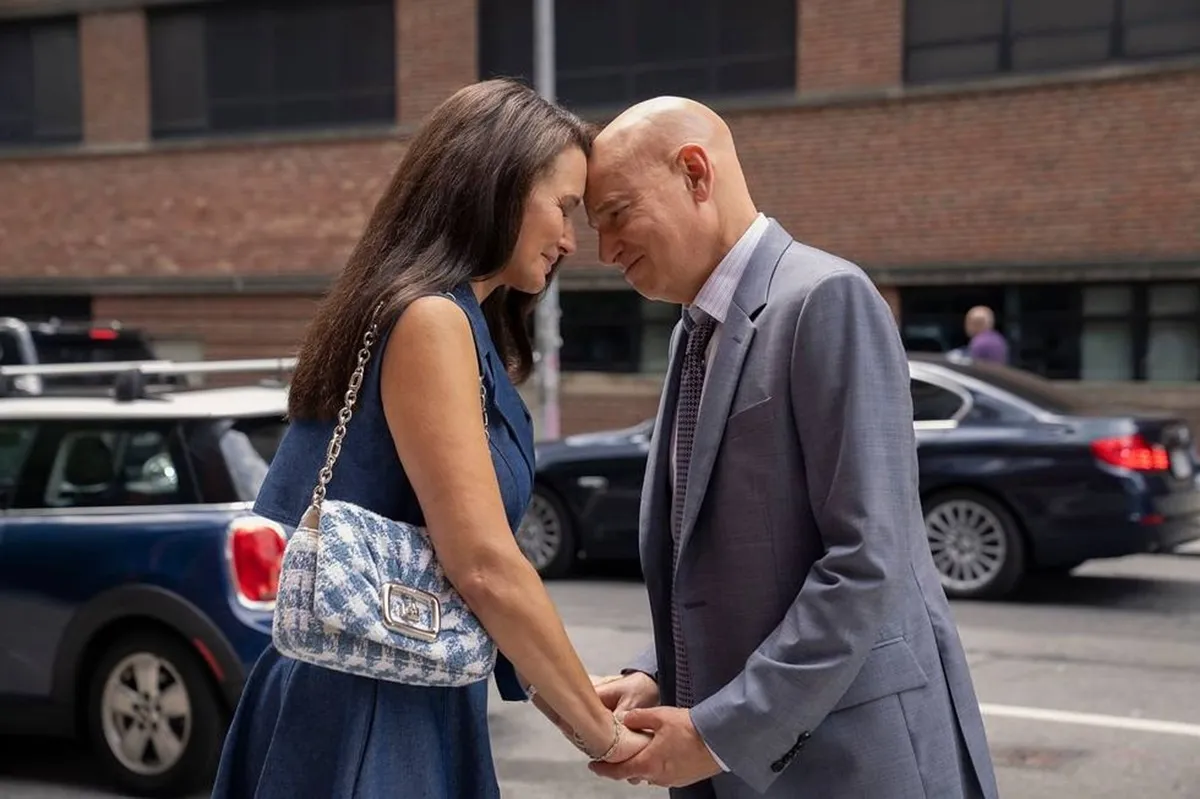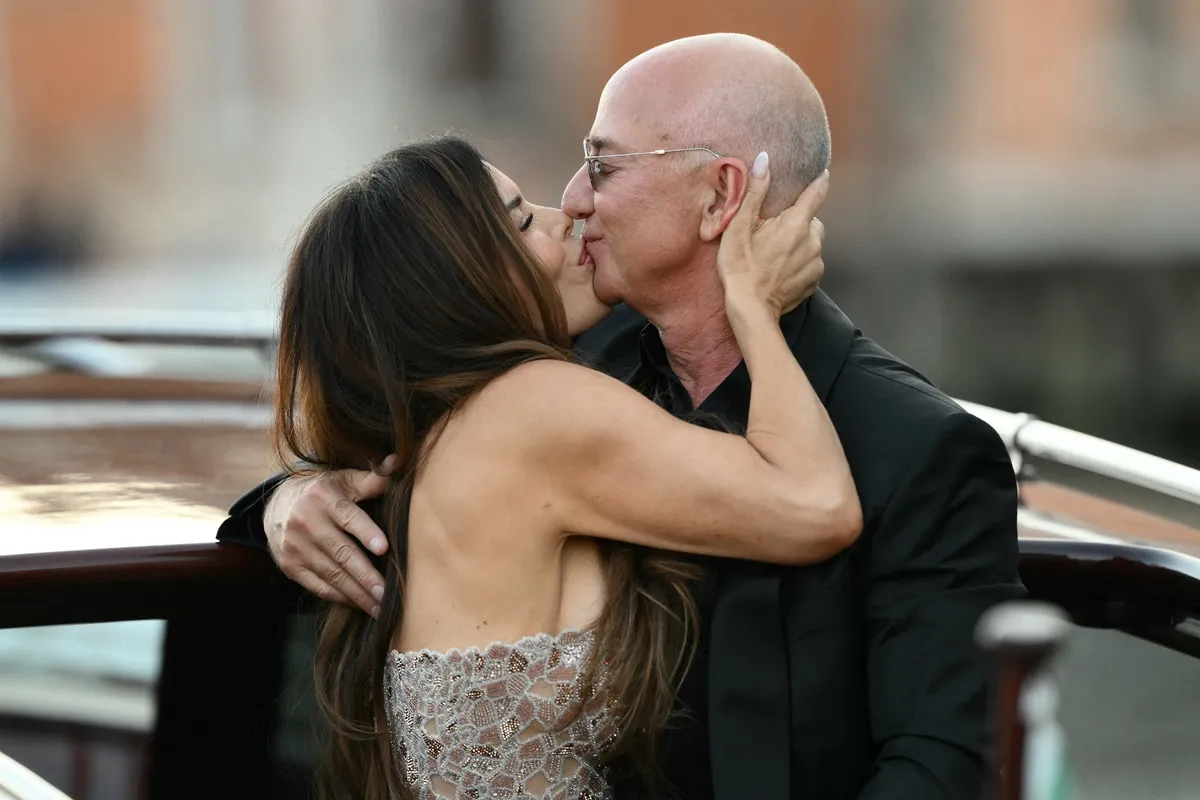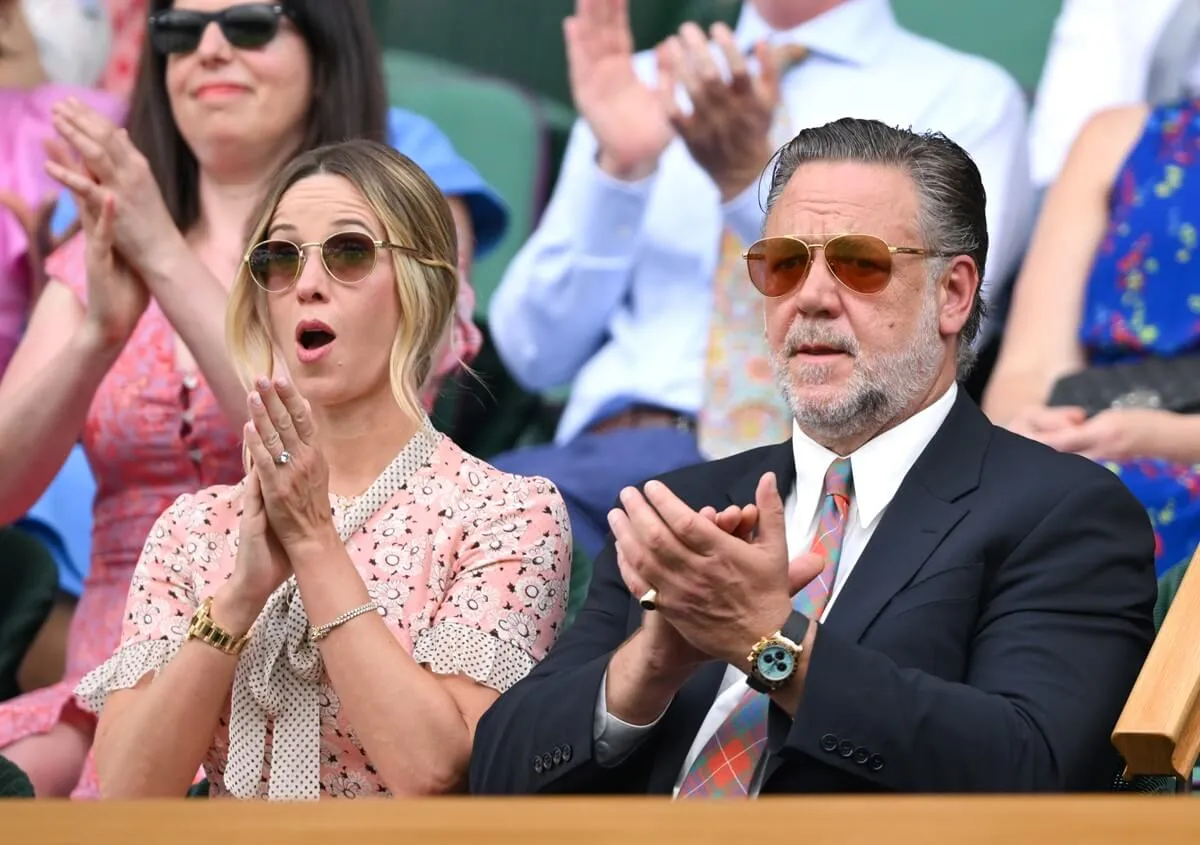When The Beatles Came Really Close to a Reunion
For many fans of The Beatles, the band’s 1970 breakup couldn’t really be the end. After each member released a solo album — several of which took shots at Paul McCartney — a reassuring calm reigned by the mid-’70s.
During that period, you’d hear John Lennon giving interviews in which he said nice things about Paul. For those familiar with the days of John and Ringo savaging their old bandmate on record, that seemed like major progress.
Meanwhile, no one ever seemed to have a feud with George Harrison. That meant the four elements that needed to be combined for a reunion had no serious problem with one another. That was more than anyone could say during the band’s final years.
In fact, once John and Paul jammed together at a 1974 recording session, the groundswell necessary for a Beatles reunion had begun. Things actually got close during this period.
George may have been the hardest to convince in the mid-’70s.
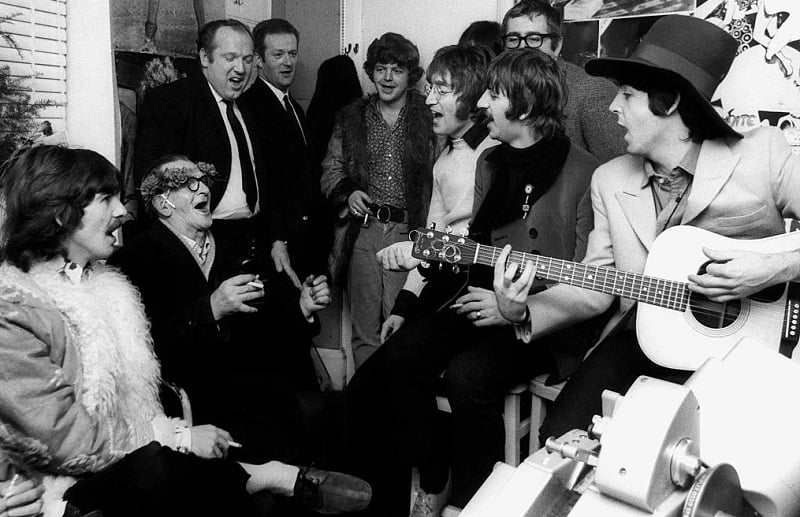
While there’s no way you can call a group without John or Paul “The Beatles,” the same goes for George and Ringo. The band needed the former’s always-tasteful lead guitar and the latter’s unique drum parts (not to mention his lighthearted personality).
Still, when John and Paul settled most of their differences and played together, the stage had been set for a reunion. Unfortunately, by that point George was going through a tough period. As a post in Ultimate Classic Rock chronicles, George’s busy schedule and rocky ’74 tour left him rather bitter.
In fact, George went on the record that year saying he didn’t think The Beatles were a great unit, going so far as to call his old band “fine.” (Talk about damning with faint praise.) He uncorked some harsh criticisms of Paul for the occasion as well.
“Paul is a fine bass player, but he’s a bit overpowering at times,” he said at a press conference. “To tell the truth, I’d join a band with John Lennon any day, but I couldn’t join a band with Paul McCartney. It’s nothing personal; it’s just from a musical point of view.”
Still, had John had change to convince George, we could see it happening on some level.
A Beatles reunion would have likely meant an album — but not a tour.
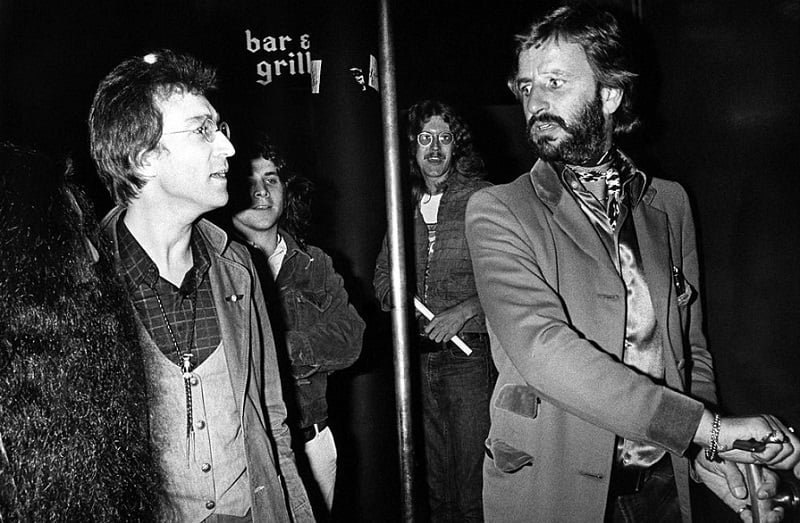
So what would it mean if something convinced George to join his old bandmates? Judging by his experience during that ugly ’74 tour, it wouldn’t have meant a series of shows of the gang singing “She Loves You” to sold-out arenas.
Let’s not forget The Beatles stopped touring as of 1966. When they officially split up almost four years later, they had forgotten what the madness of the early tours had been like. They all wanted it this way, and no one expressed any desire to get back in front of screaming crowds.
In fact, fans were lucky the band managed to gather on the roof of the Apple building in ’69 to bang out some tunes for Let It Be. Had they reunited for any reason, it would have been to make magic in the studio one more time. (“If we’ve got something to say in the studio, OK,” John said.)
As you can see from the Let It Be film, even when it seemed like George wanted to beam Paul into outer space, the two could make great music together minutes a few later. Maybe it would have happened, had John lived.
Check out The Cheat Sheet on Facebook!
